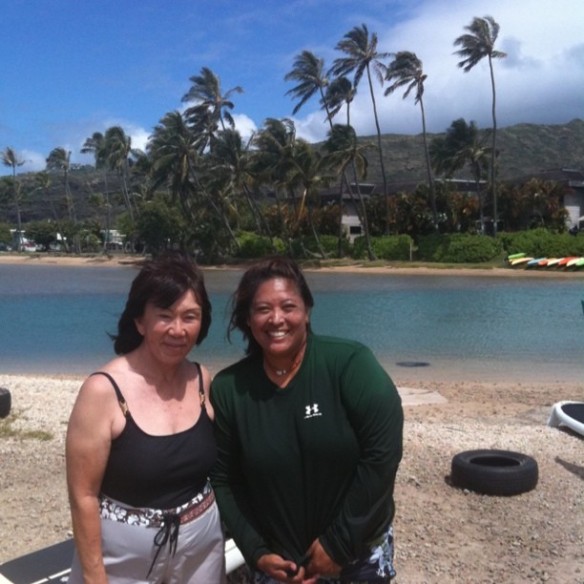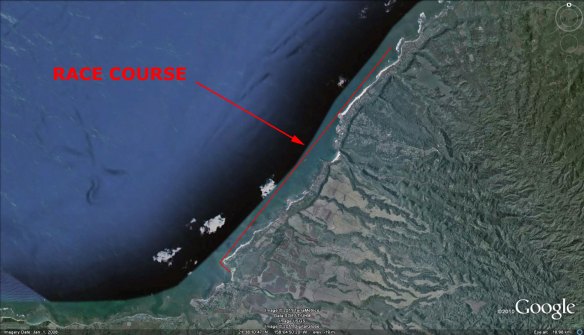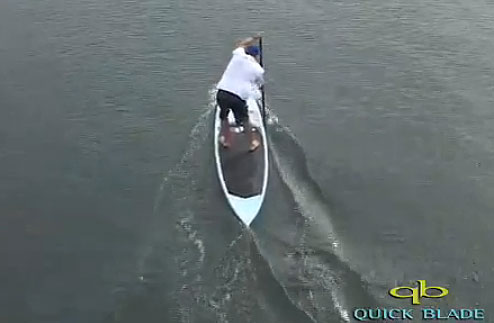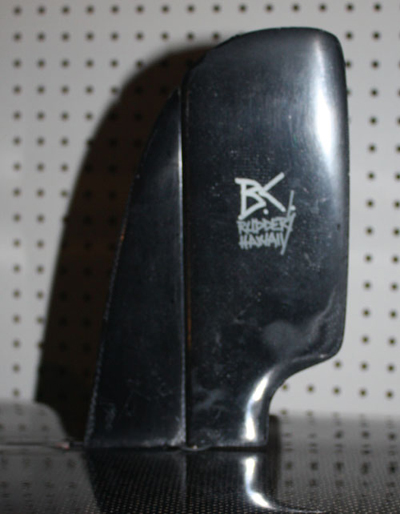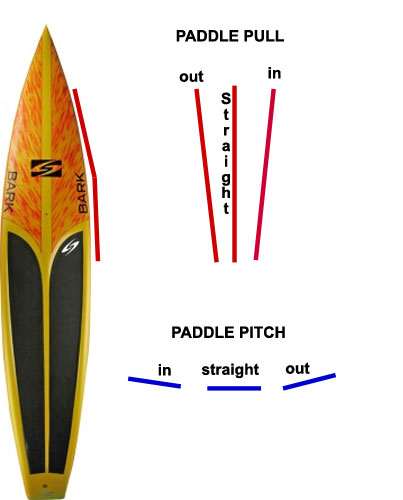12’6 Dennis Pang Custom $1,695
12’6 Dennis Pang Wide Tail Custom $1,595
12’6 Jimmy Lewis $1,395
12’6 Starboard Carbon “The NEW” $2,200
12’6 Spencer Custom Downwind Surf (aqua) $1,200
17’6 Bark Unlimited with Rudder (red) $2,800
8’10 SUP Love bamboo quad/five $950
8’11 Joe Blair 2+1/thruster $795
10’0 Caldwell quad/five $795
17’12’l Surtech Laird Woody $1,400


